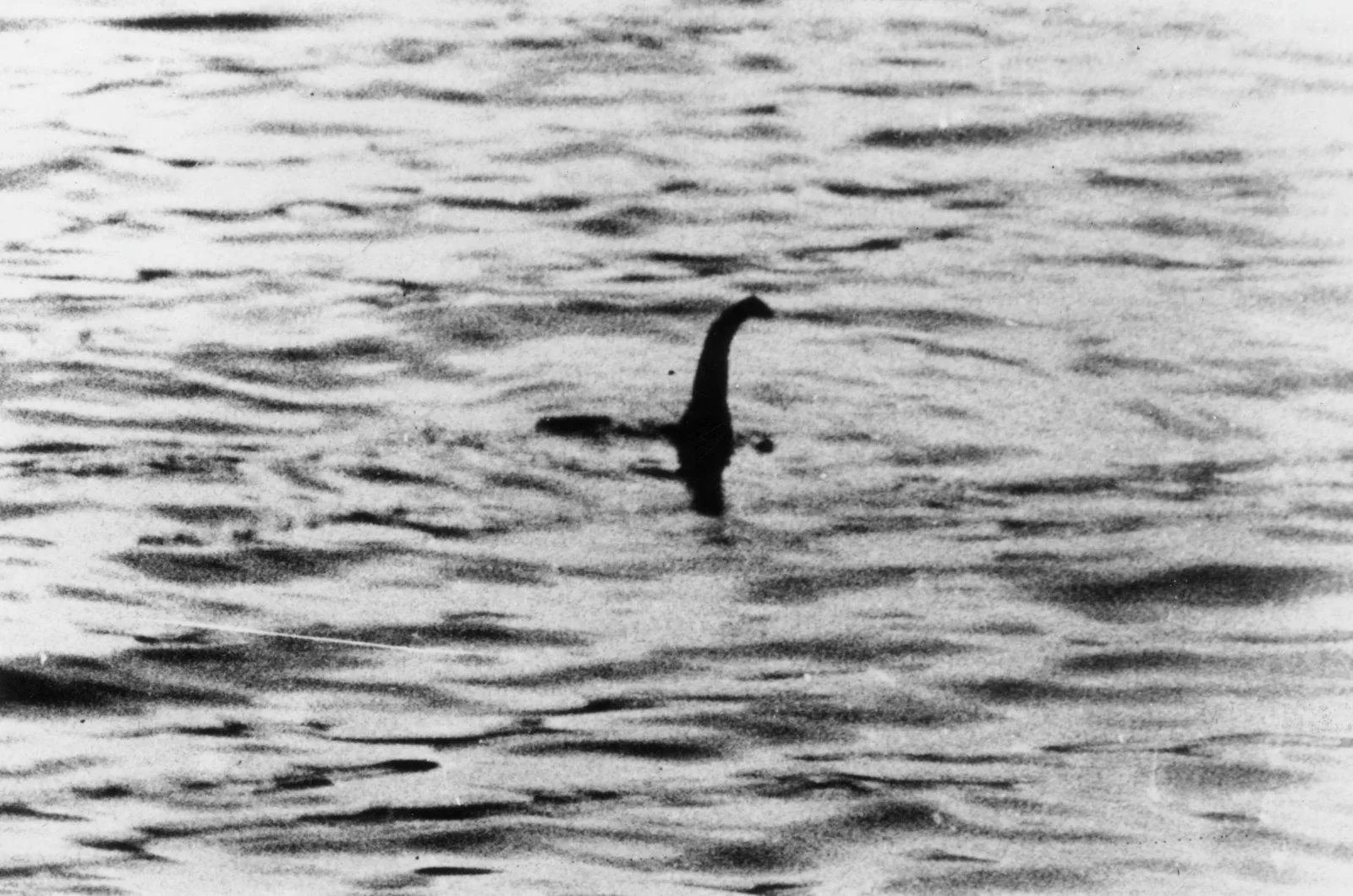The legend of the Loch Ness Monster dates back at least to the year 565 CE when a Christian missionary named Saint Columba traveling near the loch used the power of God to drive a colossal beast back into the water. For the next 1400 years there were occasional local stories about the beastie but to the world at large the Loch Ness monster remained little known.

That all changed in the 1930s when first there was a sighting by the manageress of the Drumnadrochit Hotel that was reported in the press as a ‘water beast’ in the loch. But the Loch Ness monster really came to the attention of the world in 1934 when a photo of the ‘monster’ was purportedly taken a London gynecologist named Robert Kenneth Wilson and published in the Daily Mail.

That photo, see above, showed a long necked, large bodied creature reminiscent of something from the age of the dinosaurs. Based on Doctor Wilson’s photo the idea that ‘Nessie’ was a plesiosaur that somehow escaped the extinction of the dinosaurs took hold and since then many attempts have been undertaken to obtain concrete evidence of the monster’s existence.

As the years went by those searches became ever more technically advanced with motion picture cameras and even sonar being used to find Nessie. All to no avail as expedition after expedition failed to find anything more than grainy images of something causing ripples in the still waters of the loch. The last big search for the monster was back in 1972 when over a hundred observers spent days keeping watch on every stretch of the 40-kilometer long loch. Nothing was found. Nessie remained a mystery.

Which is hardly surprising because, in addition to no solid evidence, there are many good arguments against any group of really large animals living in the loch, especially leftovers from the age of the dinosaurs. First off, the dinosaurs went extinct 66 million years ago but Loch Ness is a glacial lake formed during the ice ages and is less that 100,000 year old! So how did a group of plesiosaurs survive for 66 million years while waiting for Loch Ness to form?

Even more troubling, Loch Ness is not a very fertile body of water, there’s very little vegetation to serve as the basis of a food chain. It’s been estimated that the supply of food in the loch could not support more than a dozen large Nessie sized animals, far to small for a breeding population. And last of all, that very famous picture of the monster taken in 1934 was finally revealed to be a hoax. The last survivor of the original group that made the photograph confessed in a 1999 book that the monster was in fact a toy submarine they’d bought at Woolworth’s and to which they added a plastic head and neck. The toy was then floated in the loch and several photos taken, Doctor Wilson didn’t even take the pictures but he was in on the hoax, passing the images along to the Daily Mail. Ever since the image had first been published experts had pointed out that there was nothing in the picture but the creature making it impossible to judge how big the thing was.

Still none of that has stopped people from trying to find the beastie. And now the biggest hunt since 1972 is ready to try again and again with the latest in technology. The Loch Ness Investigation Bureau (LNIB) has joined forces with Loch Ness Exploration (LNE) to again cover the loch with more than a hundred pairs of eyes but this time they will also have drones surveying the loch from above, some with infrared cameras to help spot Nessie by body heat. (By the way, if Nessie is a reptile then it’d be cold-blooded and invisible in the infrared!)

Thanks to the Internet even people around the world can join in. Volunteers sitting at home can observe the loch through one of the many cameras that are being set up. If anything unusual is spotted the volunteer can then raise an alarum so that more people and instruments are concentrated to the site of the possible sighting. The ‘researchers’ running this expedition, which has been dubbed ‘the quest’ have even promised that all of the findings will be collated and analyzed for publishing.

Why? I’m sorry but I have to ask that question. If there were a group of large animals living in what is actually a small body of water they would surely have been discovered by now. A million people a year visit Loch Ness and every one of them, even the doubters at least look for Nessie. And by this time wouldn’t a dead carcass of one of them washed ashore. Let’s not forget that plesiosaurs are air breathing reptiles, so like dolphins they have to raise their heads above the surface of the water on a regular basis.

So by now it’s really time to give up on Nessie. We’ve looked in every corner of Loch Ness and the creature simply isn’t there. In fact we humans now so dominate this planet that there is little chance, very little chance of there being any animal larger than ourselves existing that isn’t known to science.

And the money that is being spent on searches of Loch Ness, or searches for Bigfoot or other mythical creatures, could be better spent on expeditions in the Amazon or other under-explored areas of the world. If carried out by actual naturalists such expeditions could easily find a hundred totally new species of insect with another hundred of other kinds of invertebrate and maybe a few vertebrate species as well.

That money would then actually serve to increase our knowledge of the natural world, instead of just being wasted looking for something that was never there to begin with.
